The most common mistakes in landscape photography
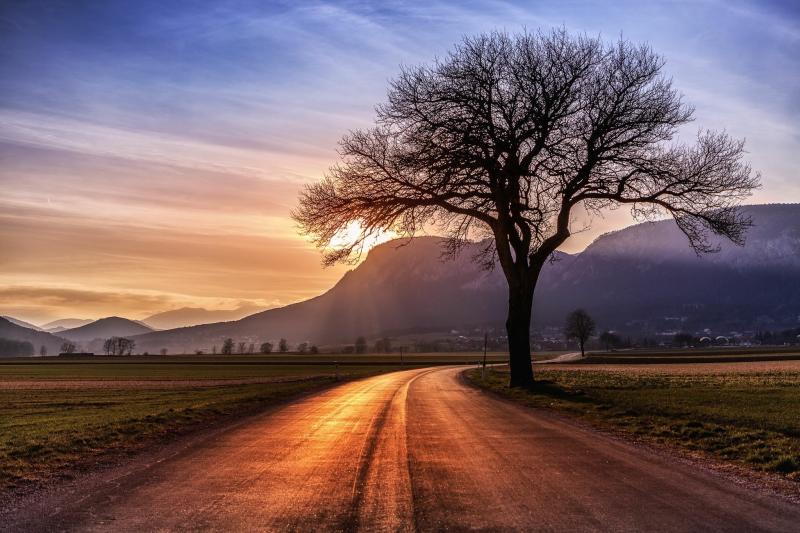
Whether you're just getting started with landscape photography, or have some experience but are looking to improve your skills, there are some common mistakes you should be aware of in order to avoid them.
In this article, I'll tell you about some common mistakes, especially in beginner photos, and I 'll also explain how to fix them, so that next time you're out shooting, you know exactly what to do (and what to avoid).
Are you ready? Let's dive right in, starting with the most common mistake in landscape photography:
1. Shooting in low light conditions
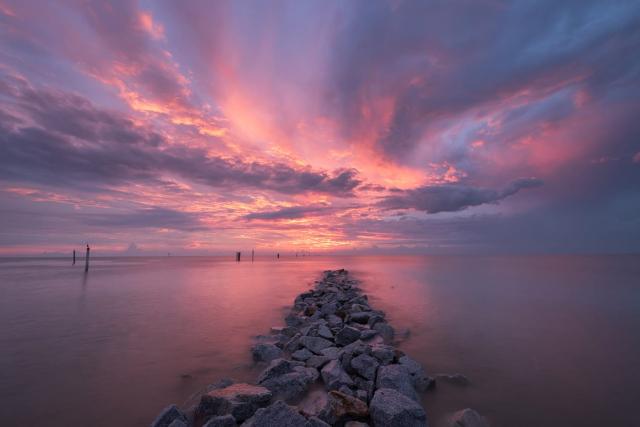
Light is one of the most important elements in photography, and this is especially true for landscape and nature photography. The same scene will look very different depending on the lighting.
If you look at the portfolios of professional landscape photographers or browse photography and travel magazines, you'll notice that these photos are beautifully lit. Taking photos in low light will limit the results you'll be able to create.
In general, sunrise and sunset provide some of the best lighting conditions for landscape photos. The period just after sunrise and before sunset, as we have repeatedly seen, is known as the golden hour because of the incredible golden glow that is common at this time.
The period before sunrise and after sunset, known as the blue hour , is also one of the best times for photography. The color in the sky will often be at its best during the blue hour.
In general, avoid harsh midday sun as it is not ideal for landscape photography. Getting the best photos will require getting out at the right time, which can take some planning and prioritization. When you put yourself in the right position at the right time, you'll be able to take amazing photos.
2. Taking pictures in incorrect weather conditions
Like lighting, weather is an important factor that will always affect your outdoor photography, positively or negatively. Different weather conditions can be ideal, depending on what you're trying to photograph.

For example, you might not consider an overcast day with light rain to be " good weather," but this can be the perfect time to photograph a waterfall in the forest. Sunlight can cause unwanted shadows and glare on a waterfall, so the gloomy day could actually be perfect if you're looking to photograph just the thing.
There's something to photograph in any weather, so the key is to choose your subjects based on the current weather or plan your outings so the weather is ideal for what you want to photograph.
3. Moving too fast
Many people are interested in landscape photography for the love of travel. When you travel and see new places, you may get used to taking a quick snapshot and quickly moving on to the next place of interest. This can be a tough habit to break, but if you want to get the best landscape photos, you're going to need to slow down and take your time .
Moving too fast can damage the composition of your photos. When you slow down, you'll be able to walk around the scene and find the most interesting angles and perspectives that lead to better composition. Slowing down can also help you get the composition right, rather than coming home and finding your shot unusable.
If you tend to move quickly, you may need to make a conscious effort to slow down. Don't plan your outings crammed with places to see, and give yourself plenty of time so you aren't rushed.
4. Do not use a tripod
In landscape photography, you usually want your images to be sharp throughout the focal plane, from the foreground to the background. To get more depth of field, you need to use a small aperture , which in turn will mean reducing the shutter speed and this will expose your photos to the risk of being very blurry.
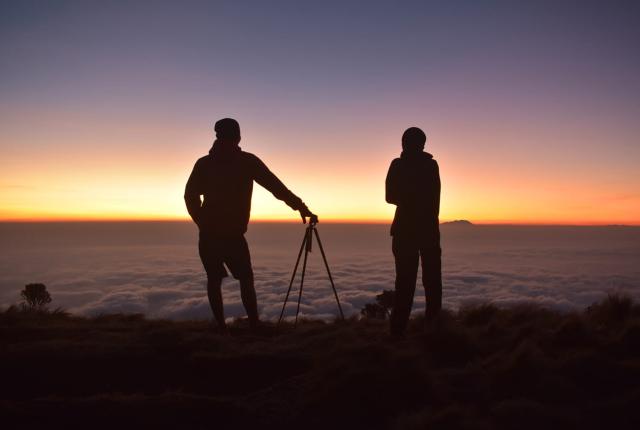
Many landscape photographers have come home after shooting only to find that their photos were blurry.
How to solve this problem? It's simple, just use a tripod ! This is especially important if you're shooting in low light, but in all honesty, I'd recommend taking your tripod with you everywhere .
Using a tripod can help in several ways:
- It forces you to slow down. Going back to the previous point, using a tripod is one of the best things you can do if you tend to move too fast. Shooting from a tripod forces you to slow down.
- Sharper photos. The main benefit of using a tripod is that it improves stability, reduces movement, and creates sharper photos. In landscape photography, as we've said, you'll generally want everything to be sharp and in focus, so a tripod is essential.
- It can help with composition. When using a tripod, you will be forced to adjust the tripod to get the composition you want. You won't be able to quickly take a picture without thinking about composition. This forces you to become more particular and selective about your composition, which is good.
Now, there are tripods and there are tripods. For landscape photography, you may need to invest in a heavier option; while small, lightweight tripods might even be fine for a while, but if you're shooting in the wind, you risk the tripod moving (also, your tripod might also get blown away). A good tripod will also last a long time and be more stable, so buy the best tripod you can afford and keep the camera as steady as possible while shooting.
Another good piece of equipment to buy is a remote shutter release . You don't need one of those expensive ones with a built-in intervalometer; even just a simple remote shutter release is fine. Once you're ready to take the shot, step away from the camera and press the shutter button. This way, there will be no vibration when you press the shutter button on your camera and your image will be nice and sharp. If you don't want to buy a remote shutter release, you can always use the self-timer.
5. Crooked horizon
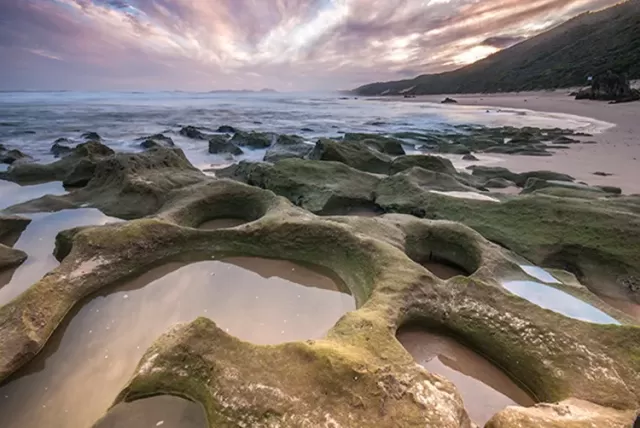
A crooked horizon can ruin an otherwise good photo. Fortunately, this is easy to fix. You can use the grid lines on your camera's LCD screen or tripod head spirit levels to make sure your photos are level. You can also fix crooked horizons very easily in Lightroom or Photoshop, but you may lose some details along the way, for this reason I highly recommend you deal with the horizon in camera, not in post-processing.
6. Forgetting to take vertical pictures
Most landscape photos are taken horizontally (that's why it's called landscape orientation , after all). And in general, this can be a good idea, because shooting horizontally emphasizes the breadth of the scene and can give a sense of vastness to the shot.
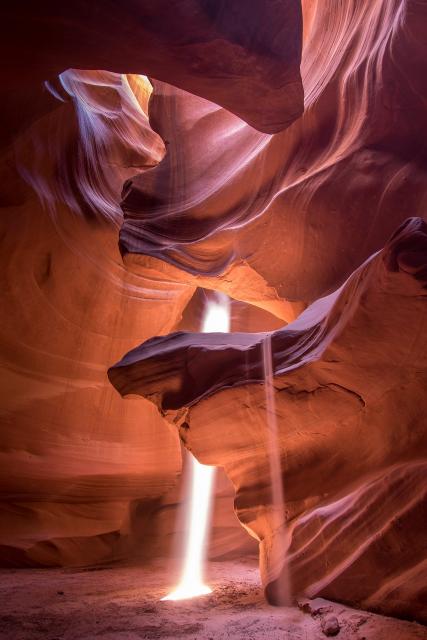
But that doesn't mean that all of your photos have to be horizontal. Vertical landscapes can also be extremely interesting and in some cases a vertical orientation can also work well, sometimes even better than a horizontal orientation. Plus there's definitely a use for vertical images as well. Indeed, magazines are printed vertically.
Clients or patrons may be looking for vertical images to use in their print publications or on a website. Also, if the shape of your subject is more vertical than horizontal, you should try it in portrait format, as it may give the composition a dynamic presence. Either way if you're unsure about shooting both portrait and landscape, having a good variety will allow your photos to be more useful, open up more opportunities, and give you the best shot at selling or licensing your photos.
7. Skip the opening
Aperture is a camera setting, but it's also a composition tool. And many landscape photographers forget this.
You see, aperture helps determine your depth of field (i.e., how much of the scene appears sharp). And by carefully considering depth of field, you can create different compositional effects.
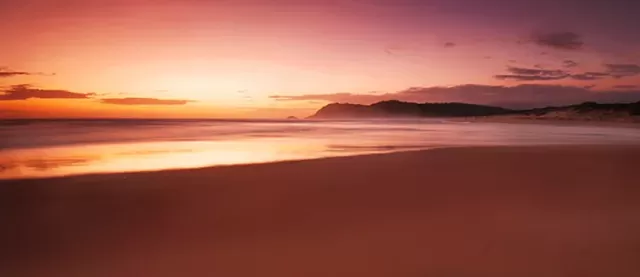
The moment you start setting up a composition, you should think about your depth of field. Ask yourself: Do I want everything in focus, from foreground to background? Generally, in landscape photography, this will be the case, but if you prefer to keep some areas soft, you should decide beforehand.
If you want foreground to background sharpness, make sure your aperture is f/8, f/11 or faster. If you shoot at f/2.8 or f/4 and focus on the foreground, the background will be blurry and the center of the scene will be blurred. And once a photo with shallow depth of field is taken, it can no longer fix it in Photoshop.
8. Only shoot with a wide angle lens
Another common approach to landscape photography is to use a wide angle lens. If you're photographing a vast, epic landscape , the wide angle lens is ideal for getting as much into the shot as possible. However, it's a mistake to assume that all your landscapes must be captured with a wide angle lens. There is a time and a place to use other lenses too, even telephoto lenses. Make sure you change them often and choose the right lens for each photo, don't limit yourself to a wide angle lens without thinking too much.
9. Lack of a subject or focal point
When you're first starting out in landscape photography, the typical approach is to find a good scene, frame everything, and take the shot. This approach relies on natural beauty to create a quality photograph, but it doesn't always work out that way.
No matter how beautiful the scene may be, every effective image must have a subject or focal point. When composing your photos, think about what you want viewers to notice or be drawn to. What is the main point of interest in the photo?
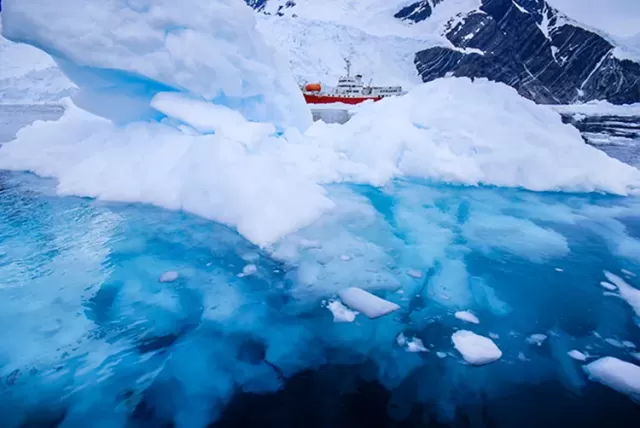
10. Presence of unnecessary negative space
Negative space is the "blank" area that surrounds your subject, and the inclusion -- and exclusion -- of negative space can really make or break your image.
Careful use of negative space can give your photos a sense of calm and tranquility. But misuse of negative space, as is common in landscape photography, will create boring, static photos.
In most landscape scenes, the sky is the negative space, especially on a clear, sunny day. And you'll often see beginning landscape photographers include a lot of sky in their composition, even if it doesn't really add anything interesting to the shot.
So, before including large expanses of sky in your compositions, take a close look at the horizon. Are there any elements of interest, such as clouds? Or is there a plain blue void?
If the answer is "blank blue", then make the sky a small part of your image (of course, if there are any good looking clouds then give it more space in your scene).
This also applies to other types of negative space. Are you photographing an ocean scene? Make sure you don't include too much water, unless it's going to add atmosphere to the photo. Are you photographing a valley? Make sure you don't include a lot of empty herb. Done?
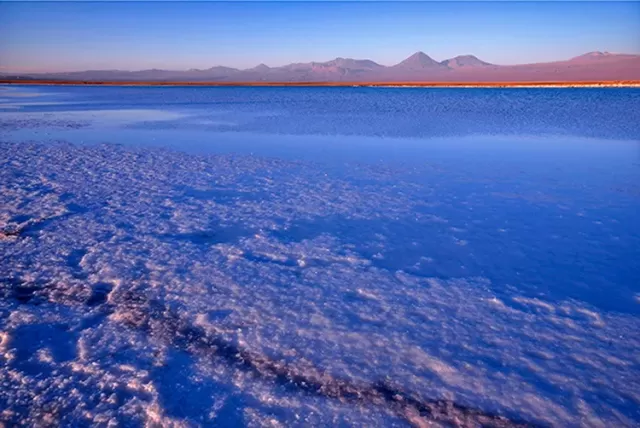
11. Busy edges
When composing your shots, after establishing the focal point, be sure to check the edges as well. Distracting elements at the edges of your photos can reduce the overall effectiveness. Sure you might be able to crop some things or touch up the photo in post-process, but checking the edges before shooting is the best approach. Are there branches, leaves, rocks or other objects right at the edge that distract from the focal point? If so, adjust your composition.
12. Shooting using the camera's "landscape" mode
Yes, you may have a Panorama (landscape) setting in your camera's scene modes. But try to use it as rarely as possible.
Why? Well, it's not great at producing an even exposure, plus it can't determine the correct aperture for any given scene (only you can do that!).
So instead of using landscape mode, try switching to Aperture Priority mode or even manual mode . Both of these options will allow you to select the aperture and ISO , and will also allow you to change the shutter speed for best results.
At first, this may take some getting used to. You won't be able to rely on a familiar point-and-shoot mode. But over time, you'll become more and more familiar with your camera's settings, and you'll get better results than your camera's auto panorama mode ever could.
13. Stand next to other photographers
If you see a group of photographers standing on top of a hill, here's my advice:
Shoot somewhere else.
I don't mean to imply that other photographers are taking the wrong pictures. Rather, I would like to emphasize the importance of originality. Want to go home with a shot just like everyone else's? Or do you want a shot that is uniquely yours ?
Of course, in certain situations, the best composition or vantage point is in a particular spot, and all the photographers will congregate in that area. All right; just take a shot from there to start. But then also look for other places to get a great shot.
Tip: It's a good idea to explore a scene before shooting. Go for a walk in the area the day before, see where the sun will set, and decide your location. Don't just follow the crowd.
14. Relying too much on post-processing
Lightroom and Photoshop are invaluable resources for digital photographers, but you shouldn't rely on them too much. Try to get the best shots possible in-camera, this way the work required in post-processing will be minimal. If you rely too much on post-processing, you'll spend too much time in Lightroom and Photoshop fixing them.
Plus, all the editing in the world can't beat a better use of your camera. Use post-processing as a way to put the finishing touches on your photos, but don't rely on it to turn your photos from bad to good.
15. Forgetting to look up the details

Most landscapes showcase the big scene, and that's surely for good reason. But there's also room to showcase intimate scenes or fine details. Some of the more interesting photos show close-up scenes of rushing water, patterns that appear naturally in plants, and other small details that may be overlooked in the main scene.
These kinds of details are everywhere in nature. It is important to make the effort to find them and not overlook them to prioritize the main scene.
If you are able to eliminate and overcome these common mistakes, you will find that your landscapes improve rapidly. Take these elements into consideration every time you photograph if you want to get the best possible results.
When you subscribe to the blog, we will send you an e-mail when there are new updates on the site so you wouldn't miss them.
By accepting you will be accessing a service provided by a third-party external to https://www.insightadv.it/


































































Comments